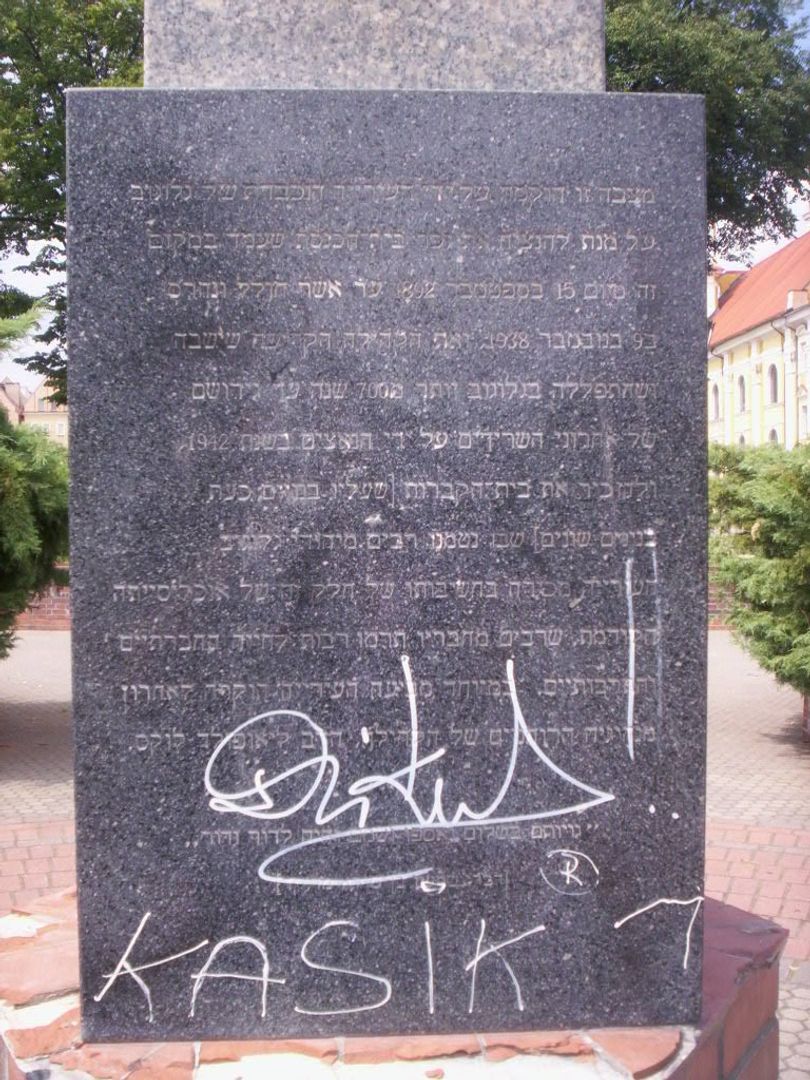Głogów Synagogue
6.43

Overview
The synagogue in Głogów, built between 1891 and 1892, was the largest synagogue of the local Jewish community and considered one of the most beautiful synagogues in Germany. Its design, inspired by the Munich synagogue, was created by Berlin architects Hans Abesser and Jürgen Kröger. The building was constructed in a Neo-Gothic, eclectic, and Neo-Renaissance style, with its most distinctive feature being a tall tower with a 32-meter-high dome, surrounded by single-story annexes with side entrances. The synagogue could accommodate 300 men and 250 women, reflecting the significant status of the Jewish community in Głogów. Unfortunately, during Kristallnacht on the night of November 9-10, 1938, the synagogue was vandalized and burned down by Nazi paramilitary forces, and its ruins were soon demolished down to the foundations. On the 55th anniversary of its destruction, a monument dedicated to the memory of the Jewish community was unveiled in Głogów. It stands on the original foundations of the synagogue and features an obelisk with inscriptions in Polish and Hebrew, serving as an important element in preserving the memory of local Jewish history and culture.
Location
2025 Wizytor | All Rights Reserved